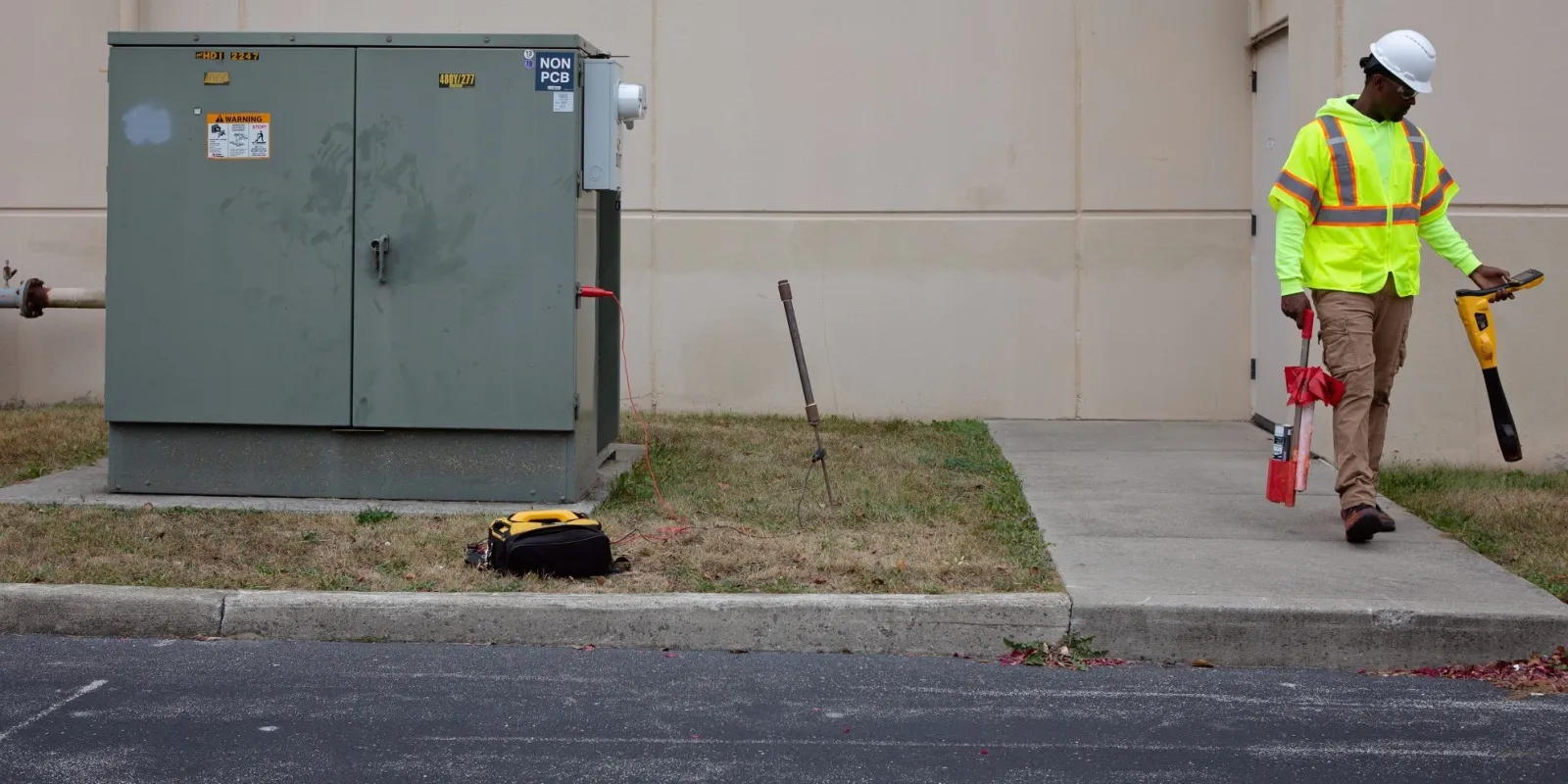

Wednesday, September 29th 2021
One Call ONLY marks the public utilities owned by utility companies and only from the main to the box. The vast majority of underground utilities are privately owned and will not be marked by One Call, including irrigation systems, power lines to lot lights, closed circuit television lines, and diesel tanks.
While the goal of private utility
locators is always to mark all underground utilities, the technologies utilized
do have limitations impacted by conditions, and it is critical that you proceed
with any excavation activity with extreme caution.
Before the private utility locator
arrives, you should prepare by making sure there are minimal obstructions on
the site, such as parked cars and piled construction materials, and ensure that
any utility rooms or fenced utilities are unlocked and accessible. It is also
important to provide the locate technician with any utility records and maps you
have. Even if they are no longer accurate, they can provide important
information that helps to achieve maximum accuracy.
Despite the high accuracy of
locating technologies, they do have limitations which can occasionally lead to
inaccurate or incomplete locates. It is important to proceed with any
excavation activity with extreme caution and stay as far away as possible,
ideally three to 10 feet, from marked lines. Also, keep in mind the possibility
of parallel utilities located next to a marked line.
Past records are seldom accurate or
complete. To prevent damages and mitigate safety hazards, you should always
call for One Call and private underground utility locating services prior to
beginning any project which entails excavation or boing into the ground.
Ground penetrating radar (GPR) is
highly effective at locating non-metallic utilities, and sometimes, metallic
trace wires have been inserted into pipes or conduit so they can be traced.
While highly effective at locating
underground utilities and subsurface structures undetectable by traditional
locating methods, GPR technology, which utilizes electromagnetic waves to
capture images below ground, can be limited by penetration depth and difficulty
interpreting data due to certain conditions.
There are many variables which may
affect underground utility locating, including soil condition, weather, limited
site access, and availability of utility records or maps. The underground utility
locate completed today may not be accurate or suitable for a future project. To
prevent costly damages and project delays and prevent safety hazards for your
crews and community, a One Call public utility locate AND a private utility
locate should be completed prior to beginning any project which entails
excavation or boring into the ground.